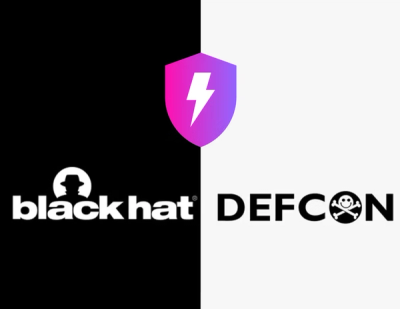
Security News
Meet Socket at Black Hat and DEF CON 2025 in Las Vegas
Meet Socket at Black Hat & DEF CON 2025 for 1:1s, insider security talks at Allegiant Stadium, and a private dinner with top minds in software supply chain security.
mkdocs-codeinclude-plugin
Advanced tools
A plugin for mkdocs that allows some advanced 'includes' functionality to be used for embedded code blocks. This is effectively an extended Markdown format, but is intended to degrade gracefully when rendered with a different renderer.
Install the plugin:
pip install mkdocs-codeinclude-plugin
Add codeinclude to the list of your MkDocs plugins (typically listed in mkdocs.yml):
plugins:
- codeinclude
The plugin should be configured use an appropriate form of tabbed fences, depending on the version of
pymdown-extensions that is installed.
Tabbed fences provide a 'title' for code blocks, and adjacent code blocks will appear as a multi-tabbed code block.
a. For version 8.x of pymdown-extensions, use the following or leave blank (default):
plugins:
- codeinclude:
title_mode: pymdownx.tabbed
b. For version 7.x or lower of pymdown-extensions, use the following:
plugins:
- codeinclude:
title_mode: legacy_pymdownx.superfences
c. If no tabbed fences should be used at all:
plugins:
- codeinclude:
title_mode: none
A codeinclude block resembles a regular markdown link surrounded by a pair of XML comments, e.g.:
<!--codeinclude-->
[Human readable title for snippet](./relative_path_to_example_code.java) targeting_expression
<!--/codeinclude-->
Where targeting_expression could be:
block:someString orinside_block:someStringIf these are provided, the macro will seek out any line containing the token someString and grab the next curly brace
delimited block that it finds. block will grab the starting line and closing brace, whereas inside_block will omit
these. If no targeting_expression is provided, the whole file is included.
e.g., given:
public class FooService {
public void doFoo() {
foo.doSomething();
}
}
If we use block:doFoo as our targeting expression, we will have the following content included into our page:
public void doFoo() {
foo.doSomething();
}
Whereas using inside_block:doFoo we would just have the inner content of the method included:
foo.doSomething();
Note that:
doFoo). If more than one line
includes that token, then potentially more than one block could be targeted for inclusion. It is advisable to use a
specific, unique token to avoid unexpected behaviour.When we wish to include a section of code that does not naturally appear within braces, we can simply insert our token, with matching braces, in a comment. While a little ugly, this has the benefit of working in any context, even in languages that do not use curly braces, and is easy to understand. For example:
public class FooService {
public void boringMethod() {
doSomethingBoring();
// doFoo {
doTheThingThatWeActuallyWantToShow();
// }
}
}
will be rendered as:
doTheThingThatWeActuallyWantToShow();
Install the dependencies:
pip install -r requirements.txt
pip install pytest # install pytest to run the tests
To run the tests:
pytest
Code is formatted with Black. To apply formatting:
black codeinclude tests
FAQs
A plugin to include code snippets into mkdocs pages
We found that mkdocs-codeinclude-plugin demonstrated a healthy version release cadence and project activity because the last version was released less than a year ago. It has 1 open source maintainer collaborating on the project.
Did you know?

Socket for GitHub automatically highlights issues in each pull request and monitors the health of all your open source dependencies. Discover the contents of your packages and block harmful activity before you install or update your dependencies.

Security News
Meet Socket at Black Hat & DEF CON 2025 for 1:1s, insider security talks at Allegiant Stadium, and a private dinner with top minds in software supply chain security.

Security News
CAI is a new open source AI framework that automates penetration testing tasks like scanning and exploitation up to 3,600× faster than humans.

Security News
Deno 2.4 brings back bundling, improves dependency updates and telemetry, and makes the runtime more practical for real-world JavaScript projects.